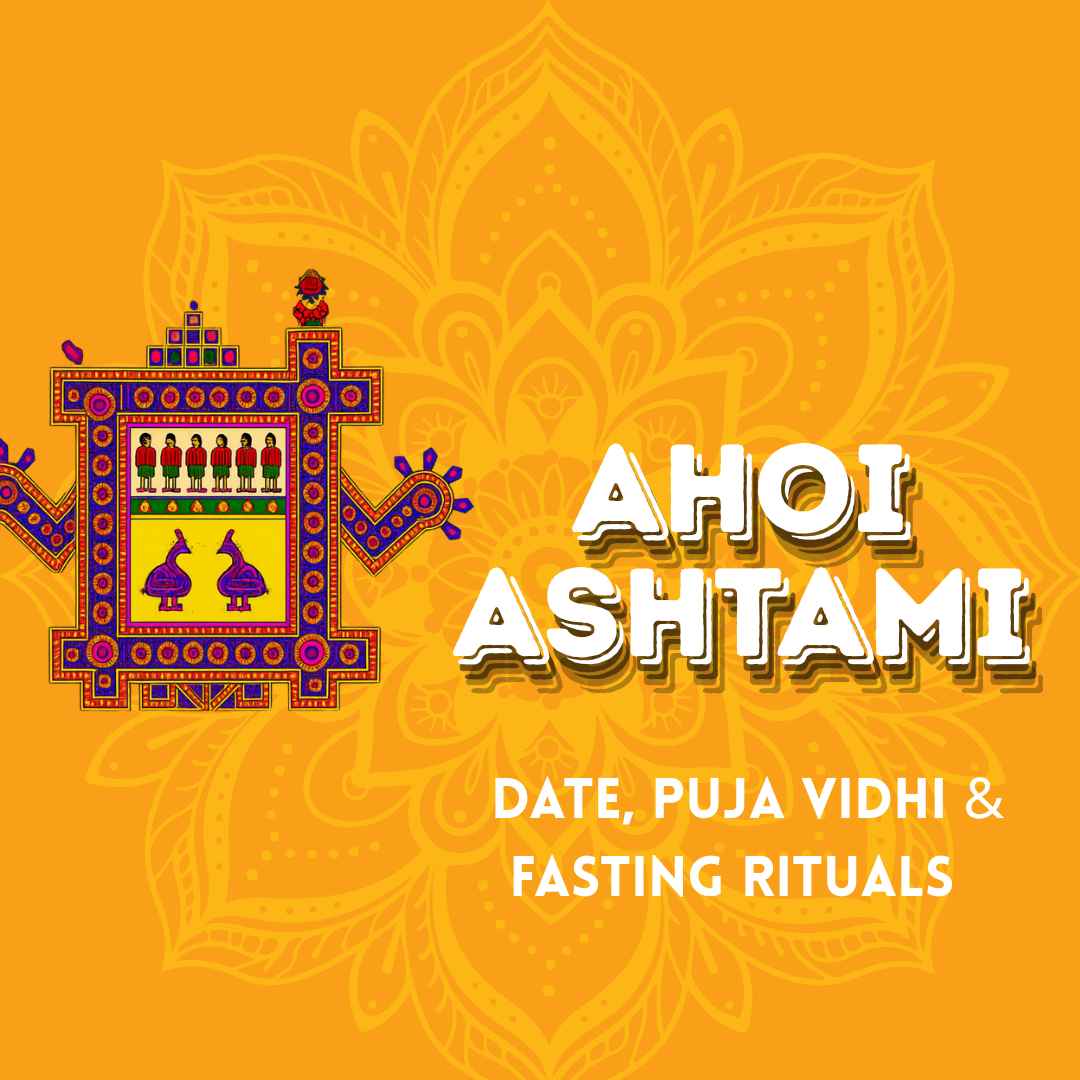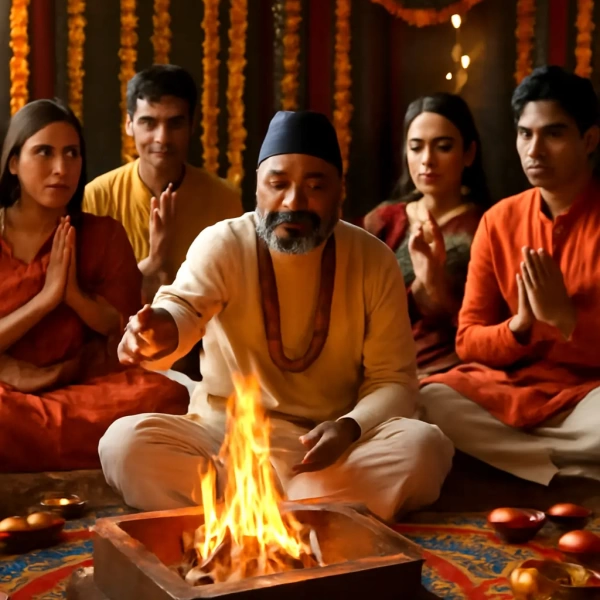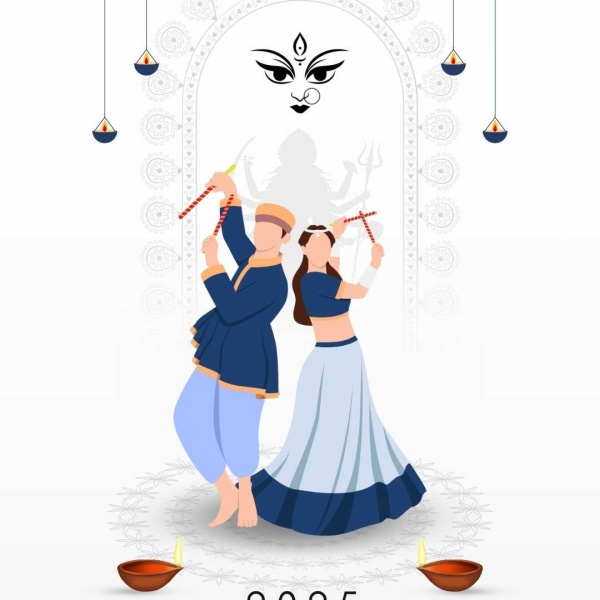Ahoi Ashtami 2025 will be observed on Monday, October 13, 2025, by mothers praying for the health, prosperity, and longevity of their children. This comprehensive 5000-word blog draft explores the festival’s history, detailed puja rituals, significance, vrat katha, practical observance, symbolism, and cultural linkages—including connections to Karwa Chauth and Govardhan Puja.
Also read- Festival in October 2025: Complete List of Hindu Festivals
Introduction
Ahoi Ashtami stands as one of Hinduism’s most tender festivals. Celebrated mainly in North India, it is a day when mothers observe a rigorous fast and offer special prayers to Goddess Ahoi Mata, a benevolent form of Parvati, to seek blessings for the well-being and long life of their children. Falling on the eighth day of Krishna Paksha in Kartik month, this occasion beautifully expresses maternal love, unwavering faith, and age-old traditions.
Ahoi Ashtami 2025: Date, Muhurat, and Key Timings
- Date: Monday, October 13, 2025.
- Ashtami Tithi Begins: 13th October, 12:24 PM.
- Ashtami Tithi Ends: 14th October, 11:09 AM.
- Puja Muhurat: Between 5:40 PM to 7:19 PM (check local calendars for accuracy).
- Star Sighting (“Taaron ki Puja”): Around 6:28–6:45 PM; mothers break their fast after sighting stars (not the moon).
- Moonrise: 12:03–12:09 AM (the next day; not part of the fast-ending ritual).
Historical and Mythological Significance
Origin and Meaning
Ahoi Ashtami is the festival of maternal prayers. By tradition, mothers—including those wishing for children (Santaan Prapti)—observe a fast from dawn till after evening star-sighting, praying to Goddess Ahoi for protection from illness, obstacles, and untimely harm.
Vrat Katha (Legend)
Central to Ahoi Ashtami is its vrat katha:
- In ancient times, a merchant’s wife inadvertently caused the death of a lion’s cub while digging soil. As a karmic consequence, she lost all her children.
- Stricken by grief, she earnestly repented and undertook a nirjala (no water) fast, worshipping Goddess Ahoi Mata with utmost devotion.
- Her prayers and actions pleased the goddess, who restored her children to life. Since then, mothers keep the Ahoi Ashtami fast for blessings and longevity of their offspring.
Also read about Karwa Chauth 2025: Vrat Katha, Moonrise Time & Puja Vidhi
Puja Rituals for Child Blessings
Preparation
- Thorough Cleaning: Begin with cleaning the home and puja area.
- Ahoi Mata Poster: Draw or place an image of Ahoi Mata (often with a lion, cub, or mongoose as symbols).
- Puja Thali: Arrange a steel or earthen thali with diya (lamp), karwa (water jug), sindoor, roli, rice, sweets, and silver “Hoi beads” (if used).
Puja Vidhi (Step-wise Rituals)
- Morning Sankalp:
- Evening Rituals:
- At sunset, gather family, especially children. Wives dress in festive wear with bangles, bindis, and jewelry.
- Place the Ahoi Mata image/poster on wall with wheat grains beneath; silver beads (hoi) are added for each child.
- Light the diya, offer roli, rice, and water to the goddess’s image.
- Recite or listen to the Ahoi Ashtami Vrat Katha with the group.
- Taaron Ki Puja (Star Sighting):
- At the designated time, step outside or look through a window to locate early evening stars.
- Offer arghya (water, usually with a grain or sweet) to the stars, accompanied by prayers for children.
- Prasad and Fast-breaking:
Ritual Checklist & Samagri
| Item | Purpose |
|---|---|
| Ahoi Mata image/poster | Central to puja altar |
| Diya | Auspicious lamp, symbolizes purity |
| Wheat grains | Placed beneath image, fertility and blessings |
| Roli & Rice | For tilak and offerings |
| Silver beads (“Hoi”) | Traditional for each child |
| Pua/Kheer/Sweet | Prasad, first shared with children |
| Karwa (pot) | For water offering |
Cultural Practices and Traditions
- Silver Hoi Garland: Some families make or gift silver beads/garlands for each child, worn by the mother to mark blessings received.
- Community Katha: Women gather together to recite or hear the katha and perform group puja, fostering sisterhood and collective positivity.
- Special Blessings for Childless Women: Widely believed to aid conception and remove obstacles to motherhood through devotion.
- Regional Customs: Punjabi, Haryanvi, Rajasthani, and UP communities maintain their own puja styles and specific recipes for prasad
Emotional and Spiritual Significance
- Maternal Devotion: Symbolizes the timeless love, sacrifice, and fervent hope of mothers.
- Child Blessings: Reciting the katha and performing puja are believed to protect children from harm, adversity, and untimely death.
- Fertility Symbolism: The use of wheat, silver beads, and star-sighting reflect wishes for new life, continuity, and abundance.
Ahoi Ashtami and Related Festivals
- Karwa Chauth: Ahoi Ashtami falls four days after Karwa Chauth; Karwa Chauth is for husband’s longevity, while Ahoi Ashtami is for children’s welfare—many families observe both for complete household well-being.
- Govardhan Puja: Occurs a few days after Ahoi Ashtami and is concerned with nature’s bounty and spiritual nourishment—this sequence marks a wave of autumn festivities culminating in Diwali.
Modern Observance and Tips
- Urban Adaptations: While rural homes still hand-draw Ahoi Mata on walls, urban families use artistic posters, themed puja thalis, and online katha recordings.
- Dos and Don’ts:
- Strict nirjala fast for best results; in some regions, light snacking allowed after kids’ health issues.
- Fast is not traditionally broken by moonrise, but by star-sighting.
- Maintain positive mindset, avoid arguments or negative emotions during vra
Benefits of Observing Ahoi Ashtami Vrat
- Blessings for Children: The vrat is primarily observed by mothers to seek the divine blessings of Goddess Ahoi Mata for their children’s long life, health, happiness, and prosperity.
- Protection from Illness: It is believed that the spiritual merits of this vrat shield children from diseases and negative energies.
- Improved Fertility: Women desiring to conceive observe this vrat with great faith, considered auspicious for swift conception.
- Family Harmony & Prosperity: The vrat fosters familial unity and invites peace and abundance into the home.
- Spiritual Merit and Discipline: A strict nirjala (no food and water) fast promotes mental discipline and spiritual growth.
Ahoi Ashtami Vrat Katha in Detail
The vrat katha highlights the themes of repentance, forgiveness, and divine grace linked to maternal love:
Once in a village, a kind woman with seven children went to a forest to fetch soil for renovating her house before Diwali. Accidentally, she killed a lion cub while digging. Enraged, the lion’s mother cursed her that her children would suffer the same fate. Subsequently, all seven of her children died tragically. Distraught, the woman sought guidance and was told to fast on Ahoi Ashtami and worship Goddess Ahoi, the protector of offspring. Through sincere devotion, her sins were absolved, and the goddess restored her children to life. Since that day, mothers observe the vrat for their children’s welfare.
Preparing Ahoi Ashtami Prasad: Popular Recipes
1. Gulgule (Sweet Dumplings)
- Ingredients: Wheat flour, jaggery, fennel seeds, water/oil.
- Preparation: Batter is prepared and deep-fried into small dumplings. Served as prasad and shared with family.
2. Shahi Malpua
- Ingredients: Maida (all-purpose flour), milk, sugar, cardamom, saffron.
- Preparation: Thin pancakes fried in ghee and dipped in sugar syrup, often served with rabri or halwa.
3. Halwa and Puri
- Traditional offerings include semolina or wheat flour halwa and puris, symbolizing sweetness and purity.
Offering Prasad
- Prepared prasad is offered to Ahoi Mata during puja and later distributed to family, friends, and neighbors as blessings.
Cultural Impact and Ritual Significance
- Ahoi Ashtami celebrates motherly devotion and reflects social values around fertility, child welfare, and family welfare.
- The festival reinforces cultural ties through community gatherings for katha recitations and collective prayers.
- Symbolism in rituals (wheat grains, silver beads, star worship) underscores fertility, protection, and divine blessings for new life.
- It fosters sisterhood as mothers support each other emotionally and spiritually during the vrat.
- In contemporary times, the festival retains age-old traditions while adapting to urban lifestyles with printed images and online puja participation.



1 Comment